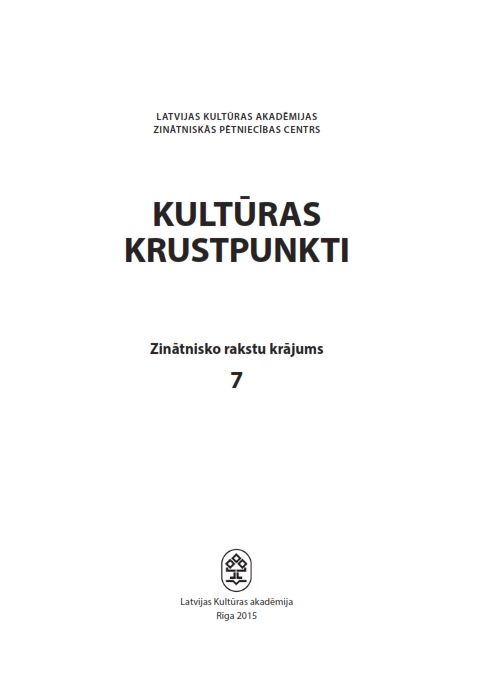Liezēres rūnakmens
Liezēre Runestone
Author(s): Juris UrtānsSubject(s): Archaeology, Semiotics / Semiology, Local History / Microhistory, Ancient World
Published by: Latvijas Kultūras akadēmija
Keywords: runestones; runic writing; imitations and falsification of runestones; a decoration of Liezēre Runestone Park; a settlement of the middle of the 1st millennium AD;
Summary/Abstract: A stone with runic inscriptions was discovered in Liezēre in Madona Region in 2012. This is a granite stone with runic signs carved in a snake-like pattern (0.7 m long and 0.5 m broad) on one side of the stone that has been previously flattened. Carvings are inscribed in accordance with the classical principles of making runestones. The Swedish runologist Dr. Magnus Källström has established that the stone contains runes from two runic writing systems that are not related to each other and also differ chronologically. Hence the runes cannot be original: they represent an imitation of a later period. If the runes are read in a sequence as a text (ailssaidlr ˚ assmadë ˚ s ˚ ld(r) ˚ mass ˚ ëbë(r)t), it makes no sense in Old Scandinavian languages. Next to the Liezēre runestone a trial excavation was made within an area of 1 x 1.5 m. Up to the depth of 0.55 m, there was a cultural layer of the period of the manor and later, but deeper – a cultural layer of a settlement dating back to the middle of the 1st millennium AD. No evidence was found that this could have been the original place of the stone. The cultural layer of the settlement could be related to the Lake Settlement Liezēre. The Liezēre runestone is of a later period, probably an imitation of the 19th century; it could have been carved as a park decoration of Liezēre manor house (owned by Schoultz von Ascheraden). The stone bears no archaeological value; however, it is significant from the cultural, historical and artistic points of view. This is the only professionally carved imitation of this type of runestones in Latvia.
Journal: Culture Crossroads
- Issue Year: 7/2015
- Issue No: 1
- Page Range: 15-24
- Page Count: 10
- Language: Latvian

